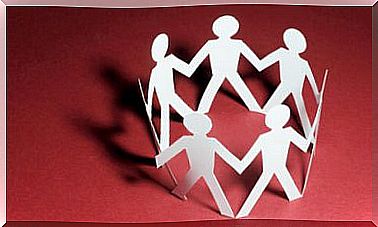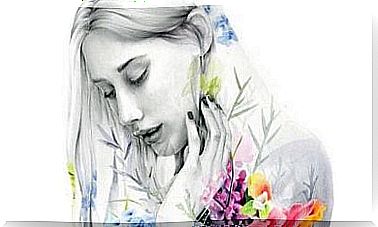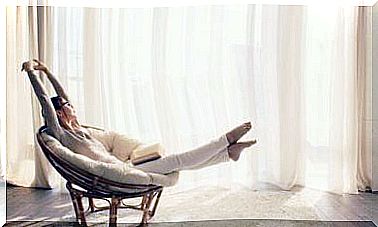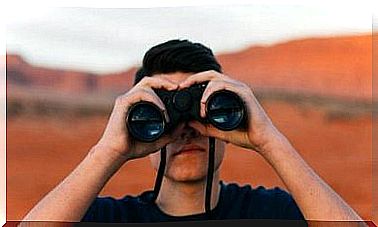The Body Language Of Concern

All human feelings and emotions somehow shine through our attitudes and expressions. Things like joy and fear have body language, but so do anxiety and depression. Moreover, we are all capable of reading that language even without realizing it.
This communication with the body sets the tone for how we appear to others: spontaneous, tense, indifferent or perhaps sad, and so on. What we express through words is only one part of communication. Body language is a deeper part of that.
The body language of concern includes many things that indicate nervousness or discomfort. This is especially evident in our face, the movement of our hands and feet, and our general posture. Today we’ll take a closer look at this particular form of body language.

Hands and the Body Language of Concern
Our hands are a big part of the body language of concern. One thing that will betray your concern is the constant hiding of your hands.
Keeping your hands in sight has always been a sign of calm, agreement and friendship. It shows that you have nothing to hide and do not carry a weapon or anything that can be used to harm others.
When we are calm, we unconsciously show our hands. If, on the other hand, we are afraid, suspicious, or reluctant, we hide them. Maybe you keep them in your pockets, behind your back, under the table, etc.
Our eyes say a lot
Your eyes are the windows of your soul. If you are concerned, your whole face and body will be stiff. You will also frown. People may ask you if you’re in a bad mood or worried when they see your facial expression. This expression can make people see you as someone who is very serious.
There is a certain kind of look that shows concern. It usually involves a combination of fixed stares and the occasional glance down. The specific ratio of staring to looking down depends on the person, but these are the two main signs of concern.
Remember that worry means worrying constantly, but often in a vague, undefined way. It also leads to irritation and intolerance with one’s environment. Hence the fixed gaze, which conveys aggressiveness, and the downward gaze, which is a sign of introspection.
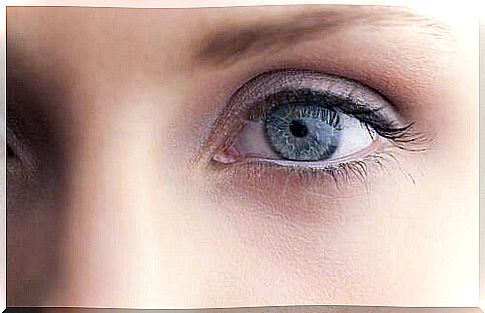
Other Expressions That Give Away Concern
Biting is another typical sign of concern. One of the most common forms of this is nail biting. It doesn’t always have to be your nails, though, so people who are concerned may also bite or chew on other things such as pencils, erasers or anything else they have on hand.
Biting your lips is also common, as is chewing gum. These can all be signs of discomfort.
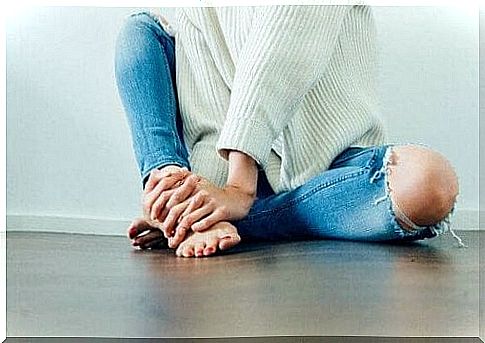
Another giveaway are constant, compulsive movements. For example, the classic crossing of the legs and wobbling with the feet or constantly fidgeting with something in your hand. It can also take the form of a tic, such as tapping with your feet or fingers. All these movements show your discomfort and restlessness.
Another strange thing about anxiety is that it is very contagious, especially if the people around you are also tense. That’s what makes the body language of concern more than just anecdotal. It is a physical sign of fear. It means you have unresolved issues to deal with.
